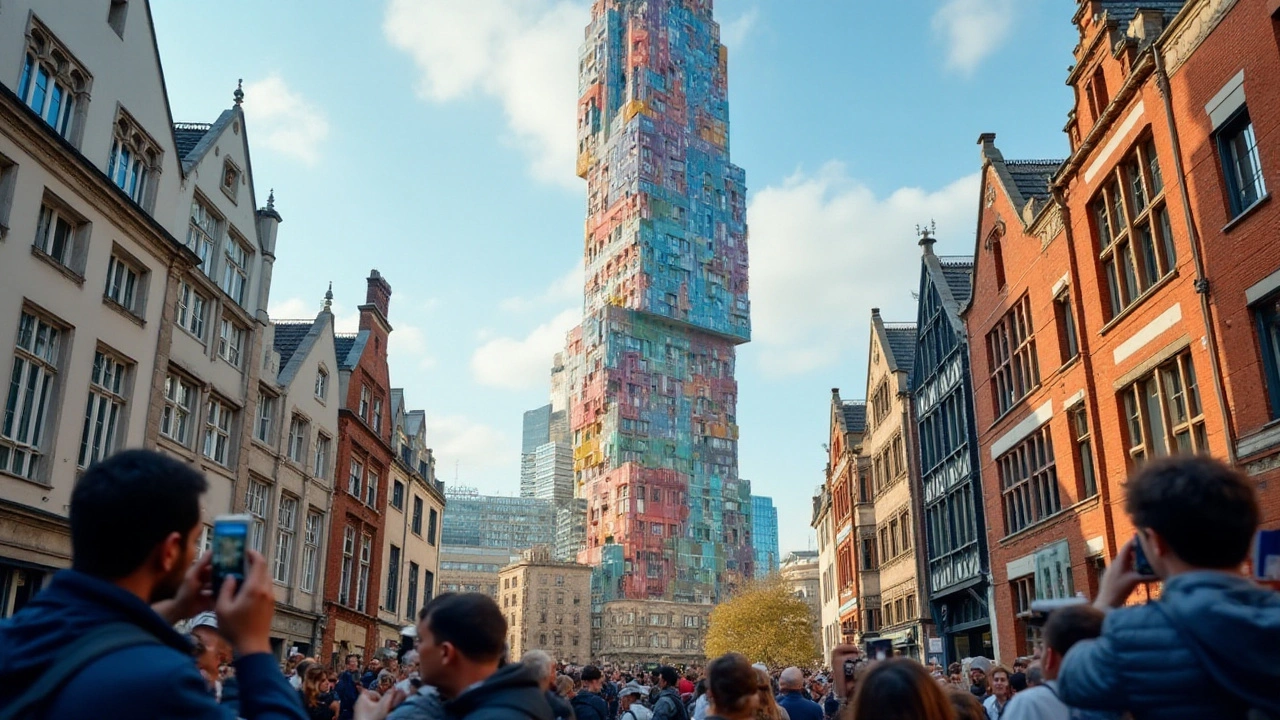Postmodern architecture stands as a testament to creativity and nonconformity in design. Its origins trace back to the late 20th century as a response to the rigid norms of modernism. Embracing eclectic styles, bright colors, and historical references, postmodernism breathed new life into urban landscapes. This article delves into its defining features, cultural impact, and celebrated structures across the globe. Discover how postmodern architecture continues to challenge convention and inspire new generations of architects.
Nonconformity in Architecture: How Rule-Breaking Shapes Good Design
Good architecture breaks rules — and some of my favorite buildings did exactly that. Nonconformity in architecture means designers ignore the expected order: they change form, mix styles, reveal structure, or put people and function before strict symmetry. It's not rebellious for show; it solves problems and makes places that feel alive.
Nonconformity matters because it forces ideas forward. When architects reject the standard they invent new ways to move light, manage heat, or connect public space. Think of early Constructivist projects that used bold geometry to push social ideas, or Postmodern facades that reintroduced humor and local references into blank towers. Those moves changed whole cities.
Want a quick way to spot a nonconformist building? Look for asymmetry, exposed structure or services, unexpected materials like raw concrete next to glass, wild rooflines, mismatched windows, and ornament used in playful or ironic ways. Also notice buildings that reuse strange sites — rail sheds turned into markets, factories doubled as lofts. If a design makes you pause and ask how it works, it's probably breaking a rule.
Movements that broke the rules
Constructivist architecture favored bold shapes and visible structure to express social purpose. Expressionist buildings use sculptural forms to create emotion and movement. Postmodernism mixed historical motifs with kitsch and color to question modernist austerity. Neo-futurism celebrates tech, dynamic curves, and performance-driven shapes. High-tech architecture exposes systems — ducts, trusses, and elevators become part of the look. Each movement rejected the prevailing idea of its time to offer another way to live in and read a city.
How to use nonconformity well
Breaking rules isn't the same as chaos. Start by asking what problem the design solves: better daylight, flexible interiors, community space, or a reduced carbon footprint. Test bold ideas at model scale and with early engineering input so structure and services can follow the concept. Use contrast sparingly — one striking gesture in a block often reads better than many competing ones. Think about maintenance and materials before committing to an experimental finish.
On this tag page you'll find stories and examples across eras: pieces on Constructivist and Expressionist pioneers, essays about Postmodern surprises, features on Neo-futurist visions, and practical reads about High-Tech detailing. These posts highlight both radical form and the practical choices behind it, so you can appreciate the ideas and learn how they were built.
Ready to spot nonconformity in your neighborhood? Walk a few blocks and look for the odd window, the building that shows its guts, or a reused industrial shell. When you see one, take a photo and ask what rule it broke — that's how you start thinking like a builder and a critic.
If you're designing, try a small nonconformist move first: a custom corner window, an exposed stair, or a swapped façade material. Measure how people react. Nonconformity works best when people can use the space better or feel something new. Keep records of costs and performance so bold ideas can be repeated wisely. Start small, learn fast, and keep experimenting now and often.

